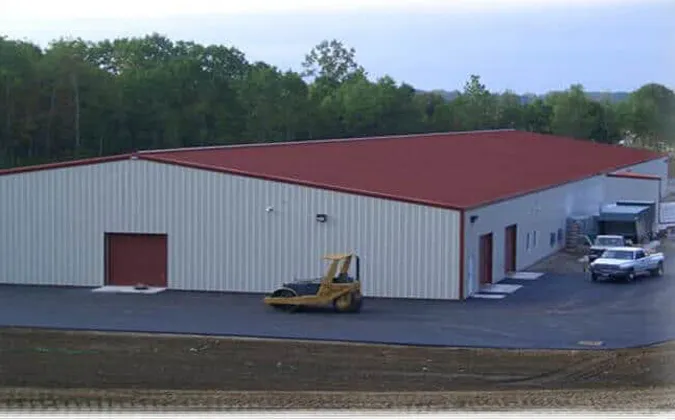- Afrikaans
- Albanian
- Amharic
- Arabic
- Armenian
- Azerbaijani
- Basque
- Belarusian
- Bengali
- Bosnian
- Bulgarian
- Catalan
- Cebuano
- Corsican
- Croatian
- Czech
- Danish
- Dutch
- English
- Esperanto
- Estonian
- Finnish
- French
- Frisian
- Galician
- Georgian
- German
- Greek
- Gujarati
- Haitian Creole
- hausa
- hawaiian
- Hebrew
- Hindi
- Miao
- Hungarian
- Icelandic
- igbo
- Indonesian
- irish
- Italian
- Japanese
- Javanese
- Kannada
- kazakh
- Khmer
- Rwandese
- Korean
- Kurdish
- Kyrgyz
- Lao
- Latin
- Latvian
- Lithuanian
- Luxembourgish
- Macedonian
- Malgashi
- Malay
- Malayalam
- Maltese
- Maori
- Marathi
- Mongolian
- Myanmar
- Nepali
- Norwegian
- Norwegian
- Occitan
- Pashto
- Persian
- Polish
- Portuguese
- Punjabi
- Romanian
- Russian
- Samoan
- Scottish Gaelic
- Serbian
- Sesotho
- Shona
- Sindhi
- Sinhala
- Slovak
- Slovenian
- Somali
- Spanish
- Sundanese
- Swahili
- Swedish
- Tagalog
- Tajik
- Tamil
- Tatar
- Telugu
- Thai
- Turkish
- Turkmen
- Ukrainian
- Urdu
- Uighur
- Uzbek
- Vietnamese
- Welsh
- Bantu
- Yiddish
- Yoruba
- Zulu
Nov . 21, 2024 21:14 Back to list
Earthquake Resistant Design of Steel Structures
Earthquakes pose significant risks to infrastructure, particularly in regions along tectonic plate boundaries. The design of earthquake-resistant structures is crucial for ensuring that buildings can withstand seismic forces without collapsing, thus safeguarding lives and property. Among various construction materials, steel is favored for its strength, ductility, and resilience. However, the effectiveness of steel structures in earthquake-prone areas largely depends on proper design strategies aimed at enhancing their performance during seismic events.
One of the primary considerations in the earthquake-resistant design of steel structures is the selection of appropriate design methodologies. The provisions laid out in standards like the American Institute of Steel Construction (AISC) guidelines and the International Building Code (IBC) emphasize the importance of structural integrity under dynamic loads. Engineers utilize these codes to determine the necessary design criteria, such as strength, stiffness, and deformation limits, which must be met to achieve a reliable structure.
Ductility is a key property that enables steel structures to absorb and dissipate energy during an earthquake. By designing for ductility, engineers ensure that the structure can undergo significant deformations without succumbing to failure. This typically involves incorporating specific structural elements, such as moment-resisting frames and shear walls, which provide lateral bracing and prevent swaying. Additionally, the use of connections that allow for rotation and movement further enhances the overall ductility of the structure.
earthquake resistant design of steel structures

The concept of base isolation is another innovative approach to earthquake-resistant design. This technique involves placing isolators or bearings between the building and its foundation, allowing for relative movement during seismic events. This decoupling minimizes the transfer of seismic forces to the superstructure, significantly reducing the risk of damage.
Moreover, advancements in technology have led to the development of computer simulations and modeling tools that enable engineers to predict how structures will behave under various seismic loads. This ability allows for more informed decision-making during the design process, leading to safer and more resilient steel structures.
In conclusion, the earthquake-resistant design of steel structures encompasses a combination of strong materials, thoughtful design strategies, and innovative technologies. As we continue to advance our understanding of seismic engineering, the focus remains on creating buildings that not only meet regulatory standards but also stand resilient in the face of nature's unpredictability. Through ongoing research and development, we can enhance the safety and longevity of our urban environments, ensuring that they remain secure and functional in the aftermath of an earthquake.
-
How Do Prefabricated Steel Structures Transform Modern Construction?
NewsJul.14,2025
-
How Do Prefabricated Metal Buildings Redefine Modern Construction?
NewsJul.14,2025
-
How Do Prefab Insulated Metal Buildings and Steel Structures Revolutionize Modern Construction?
NewsJul.14,2025
-
How Do Pre - Engineered Steel Structures Redefine Modern Construction?
NewsJul.14,2025
-
Advancing Modular Construction with Prefabricated Metal Structures
NewsJul.14,2025
-
Advancing Industrial Infrastructure with Prefabricated Steel Solutions
NewsJul.14,2025
Products categories
Our Latest News
We have a professional design team and an excellent production and construction team.












